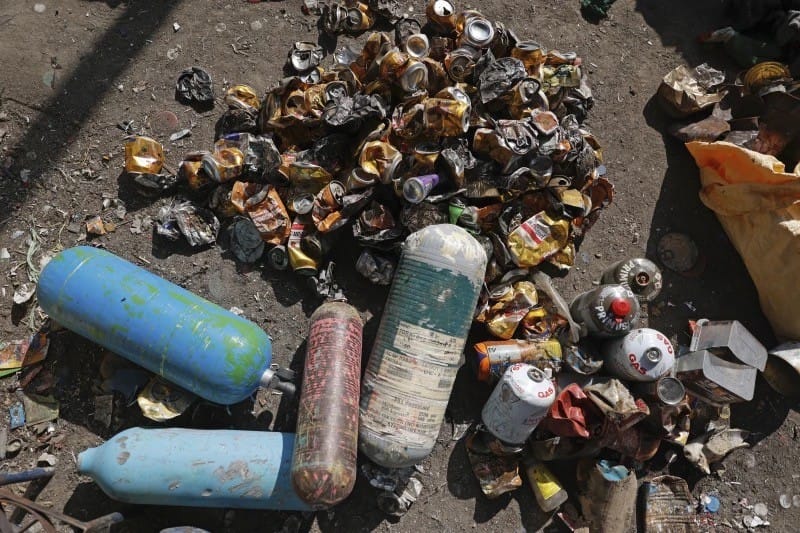Everest’s Hidden Crisis: The Massive Cleanup of South Col
Mount Everest's highest camp is littered with decades of frozen garbage and bodies. A new cleanup effort has already removed 11 tons of waste, but much more remains.

Massive Cleanup on Mount Everest: Removing Decades of Trash and Frozen Bodies
The often untold story of Mount Everest’s summits is the staggering amount of garbage and human waste left behind, preserved in the frozen landscape. This year, a government-funded team of soldiers and Sherpas began a monumental cleanup at South Col Camp (altitude 8,000 meters) in a project expected to take years. According to the Associated Press, they’ve already processed 11 tons of trash and uncovered multiple dead bodies from the ice.
Everest’s Garbage Problem
Sherpas working on Mount Everest report that the highest camp is heavily littered with debris, indicating a long-term cleanup effort. Ang Babu Sherpa, who led the team, estimates that 40-50 tons of garbage remain at South Col. The waste consists mainly of old tents, food packaging, gas cartridges, oxygen bottles, and climbing ropes, all frozen in layers at the camp's high altitude.
Since Everest was first conquered in 1953, thousands of climbers have left more than footprints. Although recent regulations require climbers to bring back their garbage or forfeit deposits, earlier expeditions contributed significantly to the current problem.
A Herculean Task
The cleanup team removed 11 tons (24,000 pounds) of garbage, four dead bodies, and a skeleton during the spring climbing season. Working in the South Col area posed numerous challenges, including low oxygen levels, extreme winds, and freezing temperatures. Waiting for favorable weather conditions was essential, as melting ice made it easier to dig out the frozen waste.
One body, frozen in a standing position, took two days to extract from the ice, while another, located at 8,400 meters, required 18 hours to transport to Camp 2 for helicopter retrieval. These bodies were flown to Tribhuvan University Teaching Hospital in Kathmandu for identification.
Of the garbage removed, three tons of decomposable items were taken to nearby villages, and the remaining eight tons were transported to Kathmandu. There, it was sorted for recycling by Agni Ventures, an agency that manages recyclable waste.
The Path Forward
The cleanup’s success depends heavily on the cooperation and persistence of the Sherpas and soldiers involved. As Ang Babu Sherpa noted, most of the waste is from older expeditions, highlighting the historical neglect of environmental responsibility on the mountain.
Sushil Khadga of Agni Ventures added, “At that high altitude, life is very difficult and oxygen is very low. So climbers and their helpers are more focused on saving themselves.” The oldest waste collected dates back to 1957, including rechargeable batteries for torch lights.
The ongoing cleanup efforts aim to not only remove the existing waste but also prevent future accumulation. This initiative marks a significant step towards preserving the natural beauty and ecological integrity of Mount Everest for generations to come.






